If you were already contributing to your 401k and into specific funds, a market upset shouldn't change much, except that your contribution buys more shares now, due to the share prices falling. I wrote this comment earlier, for a similar question in a different community.
That said, this assumes your 401k was already set up to: 1) match your risk tolerance, and 2) aligns to your investment objectives and timelines. My investment philosophy draws heavily from the Boglehead school of thought; see inline links.
Market timing -- such as waiting to "buy the dip" -- rarely turn out to be great moves, since no one can predict the future, and so no one knows where the bottom is. A dip could follow another dip, or a sudden recovery means you've lost out on gains. That's from a financial perspective, and certainly there will be other considerations such as whether the country will still be stable or socially habitable. But from a personal finance perspective, we must make choices in the here-and-now, not from speculation.
To that end, if your 401k asset allocation doesn't let you sleep well at night, then it's worth changing it up. But don't turn too many knobs at once, and carefully consider the long-term picture when doing so. Many a "black swan" event will occur between now and when you draw upon your 401k, so even short-term events can be weathered out.
As for the near term then, what should you do? Aim to be financially resilient: this doesn't mean you need to start eating ramen every day, but rather, make a plan for what would happen if any of these things happened: the car is totaled, the credit card debt gets called, a job loss, a family member is injured, an HOA assessment to fix the common roof, or the refrigerator or HVAC system breaks down.
To repeat, this does not mean going full-on off-grid prepper mode. But making a plan goes a long way. And if you're doing this, I'd suggest also making an emergency plan, kinda like an earthquake plan: where would you go if the house is gone, how would you communicate, and what resources can you depend on. Include friends, family, and allies in your planning, and exclude dependencies on any levels of government that may be unreliable.
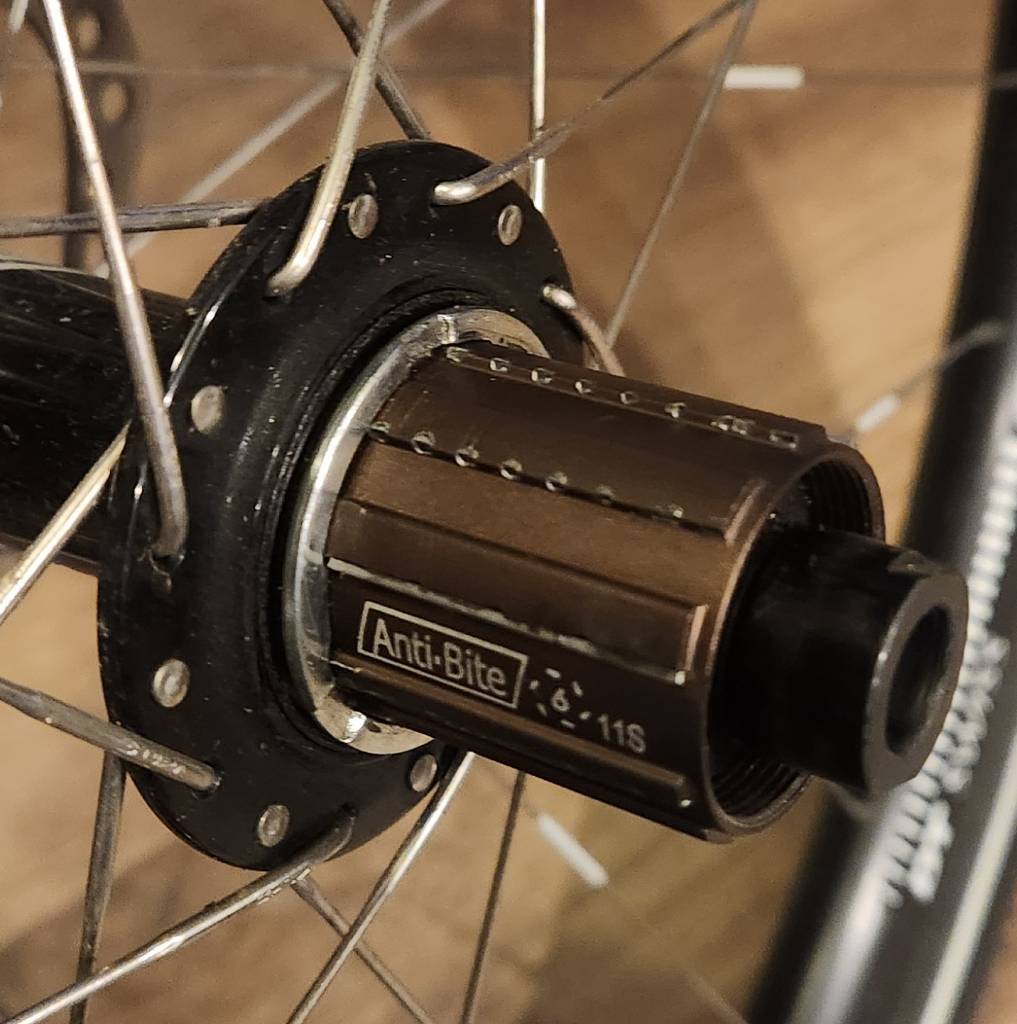
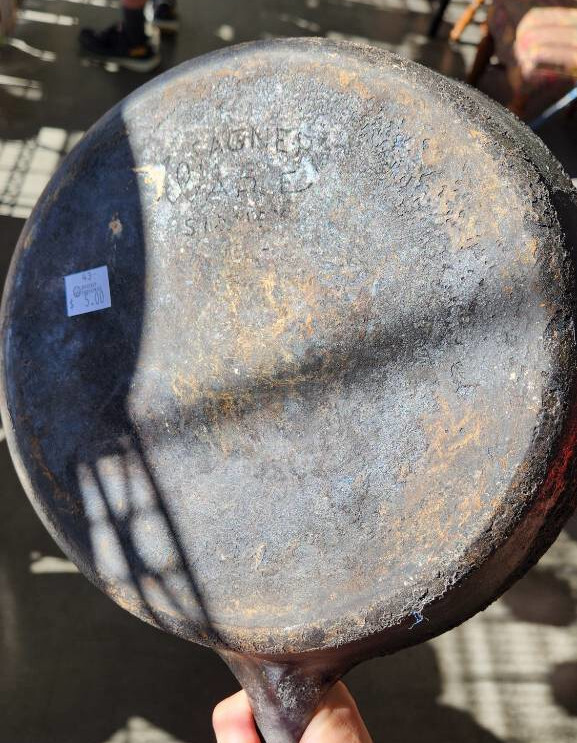
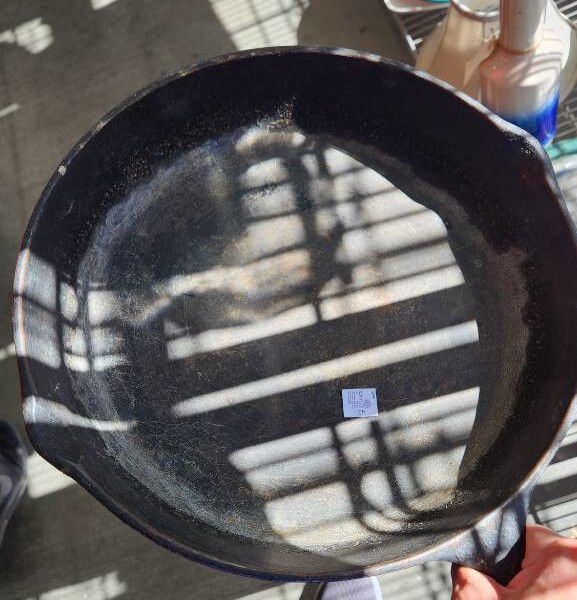
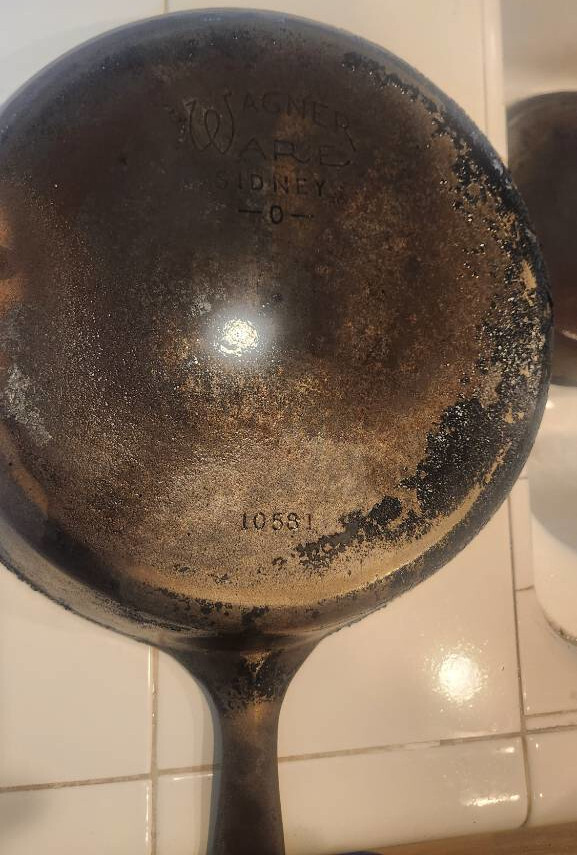
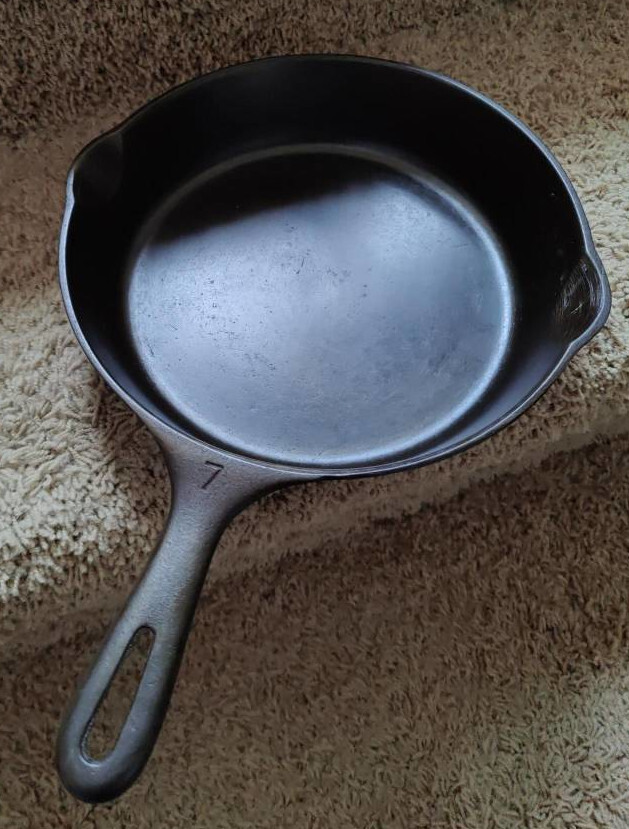

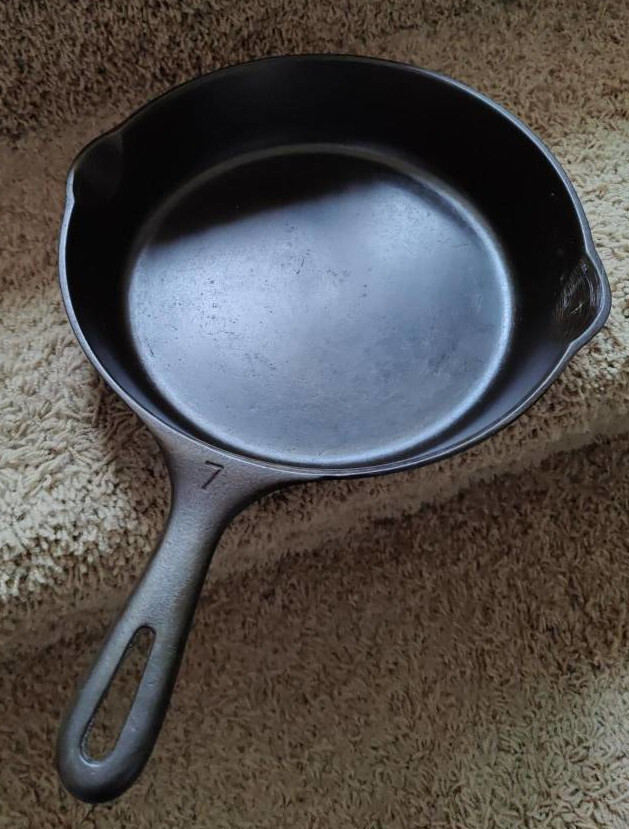
This is fair, but one would hope that manufacturers see the writing on the wall: if using USB C as the charging input, the products (ebikes, phones, laptops, etc) have to be resilient, because we already have a world where the USB C connector is the "lingua franca" but each charger's capabilities are different.
Phones already have logic to detect "slow chargers" or poor cables, by way of sensing the voltage drop when ramping up the charging current. That's the minimum level of sophistication I would expect in a production ebike, and it'll certainly have to be more than that for 100+ Watts.
Fortunately, charge controller chip manufacturers are mostly on top of this, marketing their wares for very advanced charging profiles and feedback inputs. Especially for an ebike, I would further expect variable charge rates, so that users who know that their charger isn't high power -- or if they're concerned with the slightly elevated risk of battery fires at higher charge currents -- can choose to use a lower level, or to prolong battery life.
But I'm not an electrical engineer; I just watch in awe the things they produce.